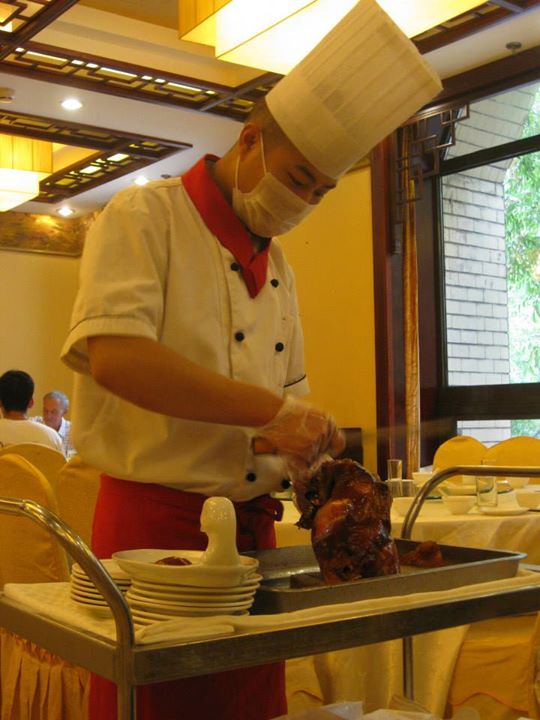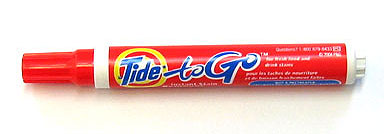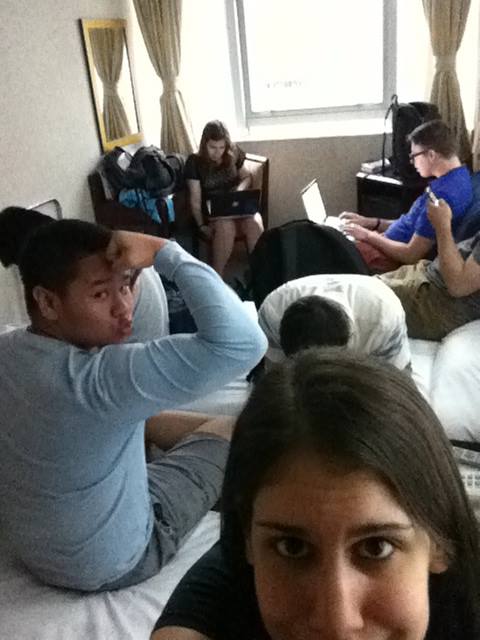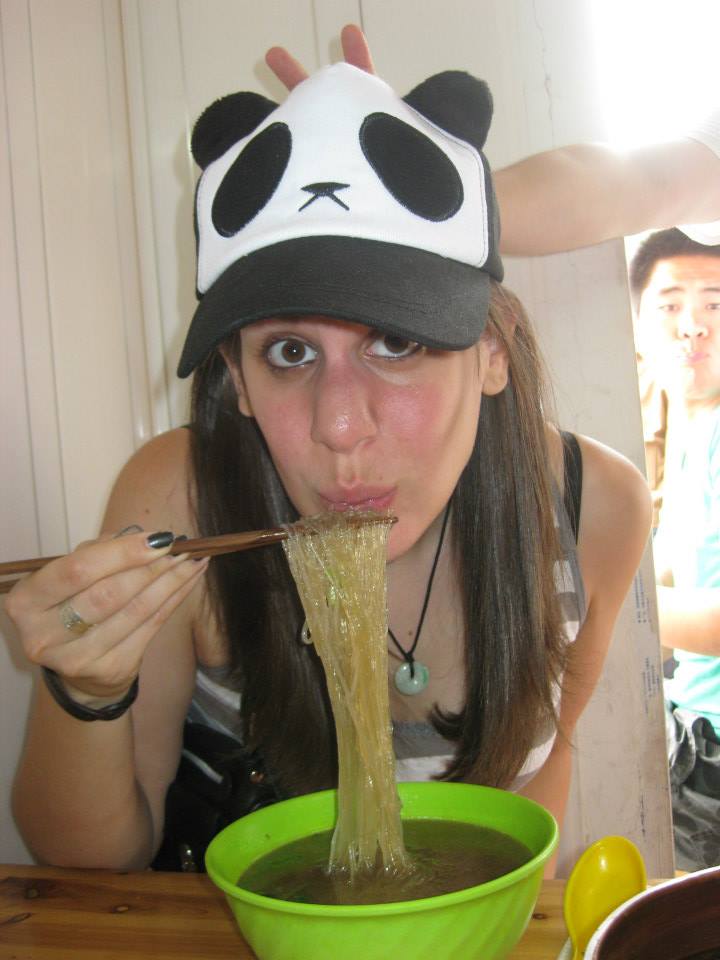#tbt (noun) – A hashtag frequently used to brag on social media about past travel adventures.
However, Instagram-ing your “Throwback Thursday” pictures isn’t the only way you can document your study abroad adventures—though it is a popular one.
Journaling is another inexpensive way to preserve your trip memories without breaking the bank. It can be difficult to have the discipline to write in a journal every day, but in doing so you’ll have something to look back on for years to come.

The journal that I kept during my study abroad program in China. The cover is decorated with stickers and ticket stubs that I collected during my month-long adventure.
Journaling can be an intimate experience, but for those looking for a more public outlet, social media is the way to go. Many travelers hoping to update friends and family overseas may want to consider creating an Instagram account. It’s free, works through WiFi and is a quick and easy way to document the highlights of your travels.
Some travelers do not understand the need to take frequent photographs, however past study abroad students, like Kimberly Rogers, 21, disagree.
“I am definitely the type of person to take a lot of pictures when I go on a trip,” she says. “People tell me to stop and take in the beauty of wherever I am, [but] I’m gonna want to look back and reminisce.” Rogers recently traveled to China with CUNY Brooklyn College in the summer of 2013. “I can be one of those old grandmas who tell my grandkids to come look at how cool I was [through pictures]!”
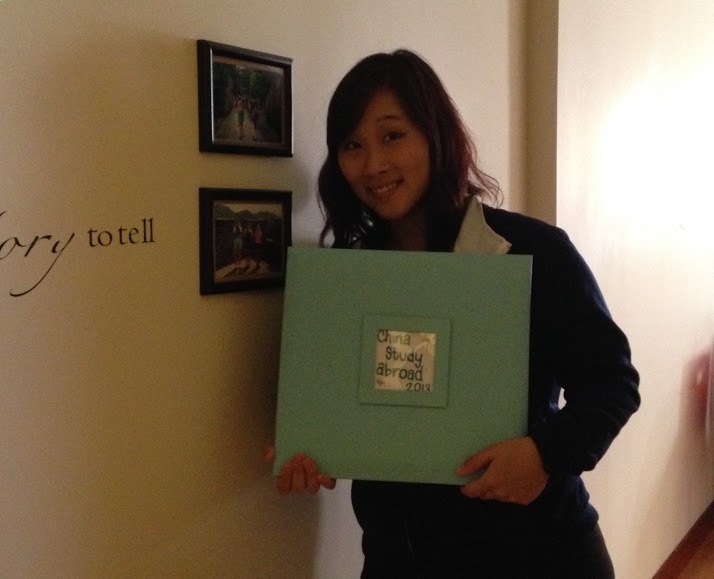
Kimberly Rogers holding the scrapbook she made after her study abroad trip to China.
With more and more advances in technology every year, the amount of photos we can take and store is growing. Many of these photos get mindlessly uploaded to websites like Facebook and Flicker without a second glance, but the more creative you are with your photos the more memorable your trip will be.
Scrapbooking, a widely practiced pastime in the United States, is a useful tool for preserving study abroad memories. Rogers, who frequently used Instagram during her trip to China, also created a scrapbook upon her return home.
“I think it’s really important to document my travels,” she says, displaying her China scrapbook.

Four pages from Rogers’ China scrapbook.
The scrapbook that she created contains photographs of her friends, landmarks and other memories of her trip. She bought stickers that went along with the China theme and decorative paper to make the pictures pop.
Some places to go for cheap deals on scrapbooking supplies are stores like Target, Amazing Savings and Michaels.
“I could have just printed out pictures,” Rogers says, “but I wanted to put effort into what I collected and make something I could cherish forever.”
________________________________________________________
–Sam Levitz is a graduate of Brooklyn College and went on the CUNY Study Abroad trip to China the summer of 2013. Follow her on Instagram: slevitz
Follow the Campus Clipper on Twitter and Like us on Facebook!
Interested in more deals for students? Sign up for our bi-weekly newsletter to get the latest in student discounts and promotions and follow our Tumblr and Pinterest. For savings on-the-go, download our printable coupon e-book!





